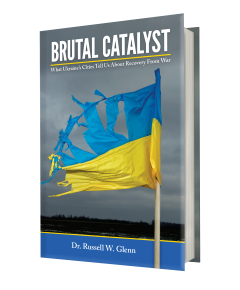Home > Open Access Journals > JSS > Vol. 8 > No. 4 (2015)
Author Biography
CPT(P) Hassan Kamara is an Armor (Functional Area 51-Acquisitions) Officer assigned to Program Executive Office Missiles and Space, Redstone Arsenal. Prior to this assignment he attended the U.S. Naval Postgraduate School and graduated with a Master of Arts in Security Studies-Strategic Studies. He has served on the U.S. Forces Korea Joint Staff (J3), commanded an Armor Company in Iraq and a Stryker Infantry Company at Fort Bliss. CPT(P) Kamara is also an honor graduate of the U.S. Naval War College Command and Staff Course.
DOI
http://dx.doi.org/10.5038/1944-0472.8.4.1453
Abstract
Culture is an abstract phenomenon that influences its environment. According to culture theorist Edgar Schein, “culture is an abstraction, yet the forces that are created in social and organizational situations that derive from culture are powerful. If we don’t understand the operation of these forces, we become victim to them.” As a subset of culture, the strategic culture of the United States requires study so we can understand its influences on innovation and adaptation in the U.S. Army, and try to manage those that adversely affect the insititution’s ongoing transformation. Using the American Interwar era (1919-1941) as a case—based on some similarities to the contemporary period—this article focuses on the adverse influences of America’s strategic culture on innovation and adaptation in the U.S. Army to provide insight to Army leaders addressing similar (recurring) cultural hindrances to transformation. As the Army transforms amidst conflict and budget reductions, it is important to examine and mitigate the negative influences of the broader strategic culture on its ability to innovate and adapt.
Recommended Citation
Kamara, Hassan M.. "The Influence of U.S. Strategic Culture on Innovation and Adaptation in the U.S. Army." Journal of Strategic Security 8, no. 4 (2015)
: 79-91.
DOI: http://dx.doi.org/10.5038/1944-0472.8.4.1453
Available at:
https://digitalcommons.usf.edu/jss/vol8/iss4/6


